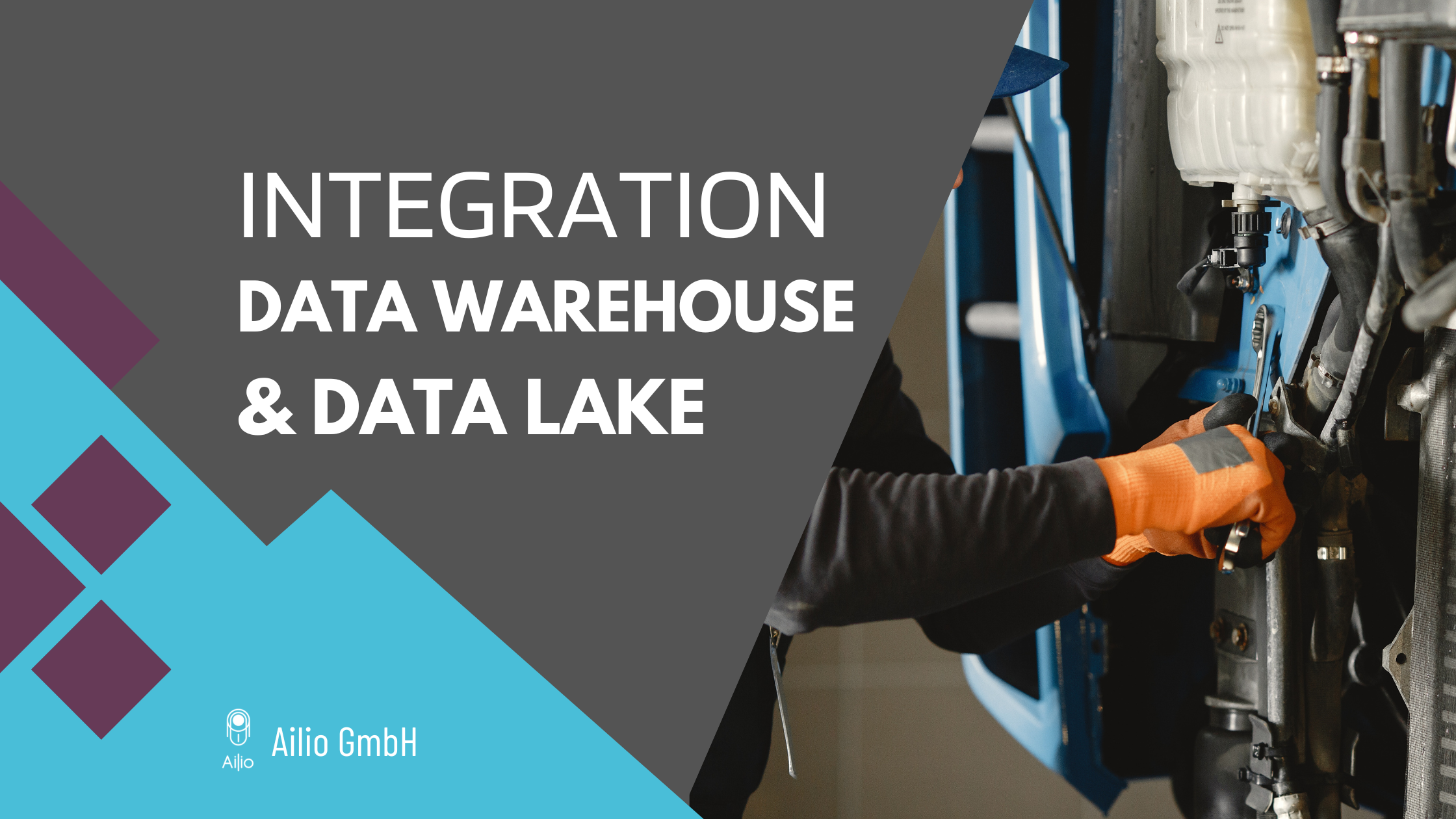Introduction
In today’s data-driven world, it is essential for companies to implement efficient and scalable data solutions. An exciting example project that I recently carried out illustrates how a data warehouse and a data lake can be effectively brought together with Azure Databricks. This blog article guides you through the steps of migrating from existing systems and highlights the benefits of this integration.
Project overview
Our goal was to migrate an existing, traditional data warehouse to a modern, agile environment that can efficiently process both structured and unstructured data. We opted for Azure Databricks as the core technology to integrate both the data warehouse and the data lake.
Step 1: Data migration
The first step was to migrate the data from the existing system to Azure. We used Azure Data Factory to move data from various sources into the Azure Data Lake. The flexibility and scalability of Azure Data Lake made it the ideal choice for storing large volumes of unstructured data.
Step 2: Setting up the data warehouse
We then set up a data warehouse with Azure Synapse Analytics. This provided us with a high-performance and scalable environment for structured data that is optimized for analytical queries.
Step 3: Integration with Azure Databricks
Azure Databricks played a central role in our project. We used it to aggregate, transform and analyze data from the data lake and the data warehouse. The native integration of Databricks in Azure made this process much easier.
Advantages of the solution
Advantage 1: Efficient data processing
Databricks enabled us to process large volumes of data efficiently. Its powerful Spark engine enabled us to perform complex data processing tasks quickly.
Advantage 2: Time Travel in data
An exciting feature of Databricks is the Time Travel function, which allows users to query data in its historical state. This proved to be extremely useful for tracking data changes and analyzing trends over time.
Advantage 3: Connection to Power BI
The integration with Power BI enabled us to create meaningful dashboards and reports. These visualizations helped management to make data-driven decisions.
Advantage 4: Development of AI use cases
Finally, Databricks gave us the opportunity to develop advanced AI and machine learning models. We were able to use data from the data lake and the warehouse to build predictive models and intelligent applications.
Conclusion
The integration of Data Warehouse and Data Lake with Azure Databricks offers immense advantages. It enables efficient data processing, improved data analysis, powerful visualization capabilities and the ability to develop advanced AI applications. This example project demonstrates how companies can benefit from migrating to a modern data architecture. Azure Databricks is proving to be a key technology that is revolutionizing the handling of large amounts of data.







